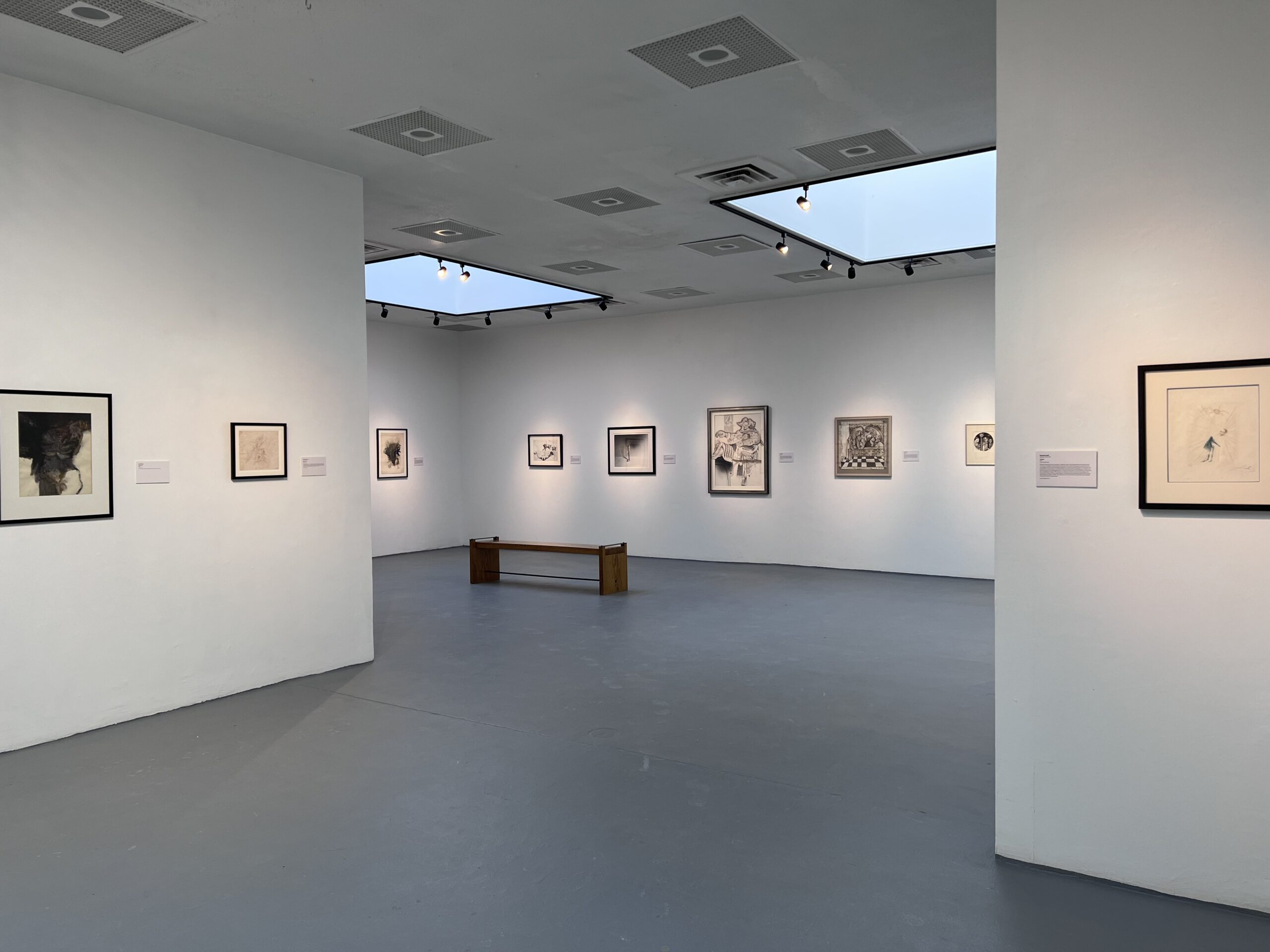SILVER CITY, NM—Adding a new app to a computer or phone might seem everyday business for most people, but for Jill Winburn, the director of the WNMU Francis McCray Gallery of Contemporary Art, adding an app called CatalogIt has been revolutionary.
The McCray Gallery is home base for the university’s permanent art collection, and CatalogIt has allowed Winburn, who serves as manager of the collection, to finally get a handle on the scope of the university’s holdings.
Prior to subscribing to CatalogIt, the inventory for the permanent art collection was kept on an Excel spreadsheet. Now, it is growing into a robust catalog that includes photographs of the artwork, detailed notes, inventory numbers and more.
Winburn explained that the lack of a complete inventory was due to the way that art has been collected over the decades. “What would happen is that something would get donated or [the university] would purchase something, and it would go [into storage], and they would not record anything about it,” she said.
Eventually, said Winburn, Expressive Arts faculty member Cecil Howard, who directed the gallery for three decades, compiled the spreadsheet that has provided Winburn with a starting point. Winburn and the student workers in the McCray have been taking the information in the spreadsheet, entering it into CatalogIt and adding any additional information about the artwork that they can glean.
The process has involved quite a bit of sleuthing, online research and careful scrutiny of handwritten information, such as signatures on paintings, explained Winburn.
As she has been working her way through the collection, Winburn has also become familiar with specific artists’ styles, which has helped her identify some unsigned pieces. “When you are doing this,” she said, “you get to know the work of the artists.”
So far, 744 items have been cataloged. “It has been quite a task,” said Winburn, “but sometimes it is fun. It is like a treasure hunt.”
CatalogIt has been especially helpful to Winburn as she has cataloged the art that is displayed in campus buildings outside the McCray. “The best thing about it is that it is in the cloud—it’s online—so we can get to it from anywhere, and people can collaborate,” she said. “It is mobile, so we can use it from any device, anywhere.”
In addition to recording information such as the artist’s name, the title of the artwork and the year it was created, Winburn has also been recording information about how the work was acquired—when that is known—to establish the provenance of each piece.
Winburn said that having a thorough, searchable catalog will make it easier in the future to properly preserve and exhibit the university’s collection. In addition, because one of the data points in CatalogIt is the estimated value of each work, the catalog can provide the university with information that could be useful for insurance purposes.
Most importantly, having a robust catalog will make the collection more accessible to students studying art, said Winburn. Eventually, she said, the information entered into CatalogIt can be published to a website, making the university’s permanent art collection available digitally to both students and the general public.
Because multiple users can have access to CatalogIt under one subscription, Winburn anticipates that the app will be equally useful to the WNMU Museum, the Office of Cultural Affairs, and J. Cloyd Miller Library, all of which house collections of university-owned art and artifacts.
“CatalogIt is probably the best investment we have made,” said Winburn. “It allows for searching in so many different ways. … I geek out about it all the time because it has really made our lives a lot easier.”




